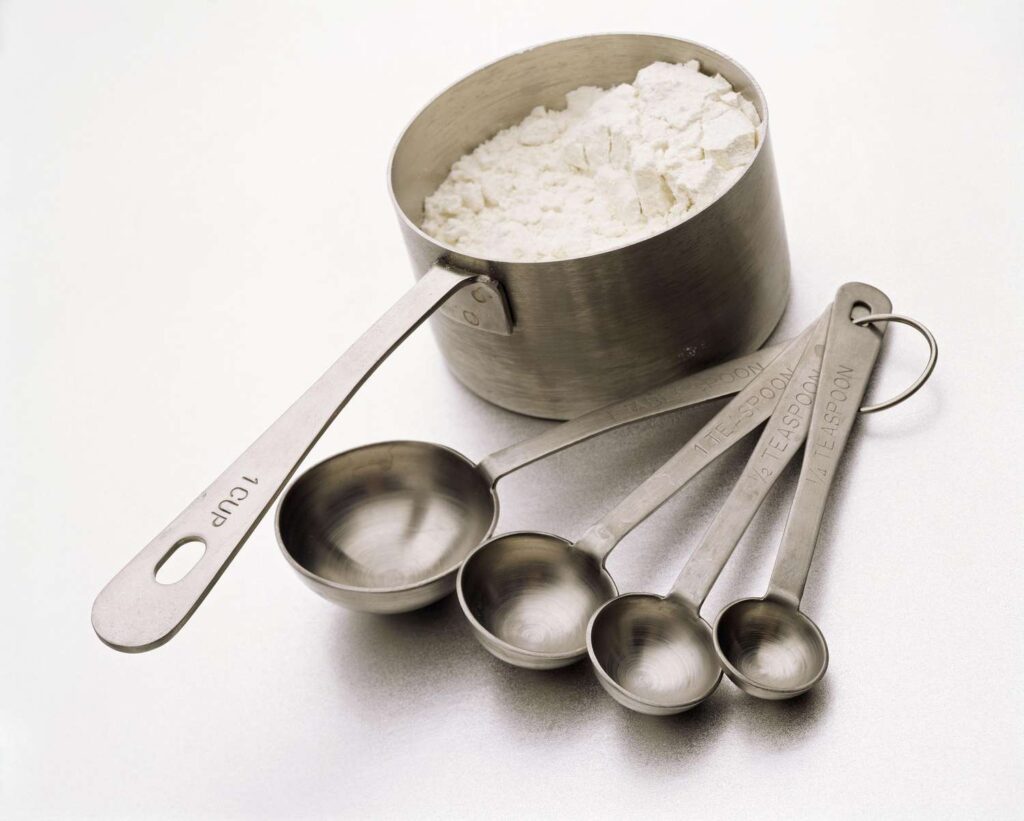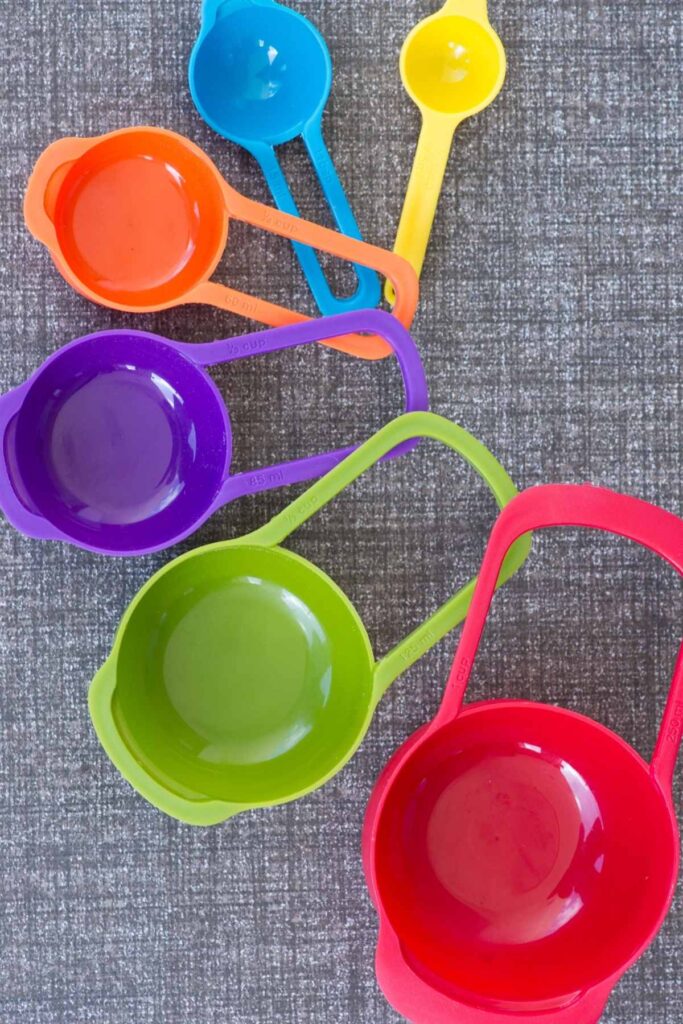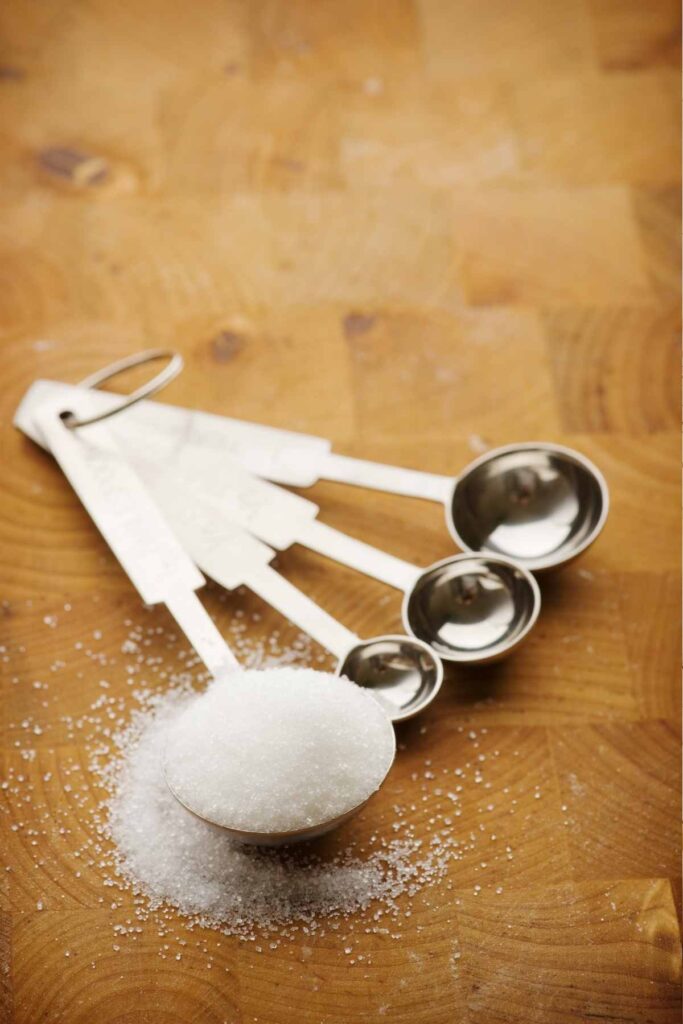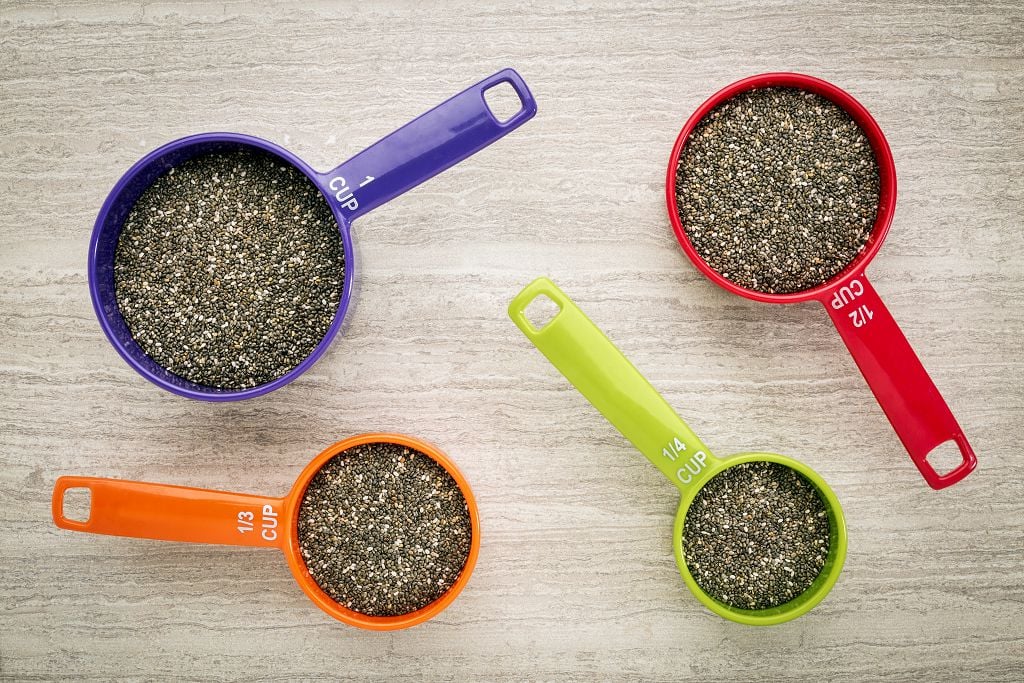Tablespoons to cups are a common conversion that many people encounter in cooking and baking. Tablespoons and cups are both units of volume commonly used in cooking and baking. Understanding the relationship between these two units is important when following recipes or scaling them up or down.
A tablespoon is a unit of volume equal to approximately 15 millilitres (mL) or 0.5 fluid ounces (fl oz). In the United States, tablespoons are commonly used to measure both liquid and dry ingredients, such as spices, sugar, and flour.
A cup is a larger unit of volume equal to approximately 240 millilitres (mL) or 8 fluid ounces (fl oz). Cups are commonly used to measure liquid ingredients such as water, milk, or oil and larger quantities of dry ingredients like flour or sugar.
When converting between tablespoons and cups, it is important to keep in mind that there are 16 tablespoons in one cup. This means that if a recipe calls for 1 cup of a certain ingredient and you only have tablespoons on hand, you will need to use 16 tablespoons to equal 1 cup.
Understanding the difference between tablespoons and cups and how they are used in recipes is an important first step in mastering your cooking and baking skills.

Related: How Many Teaspoons in a Cup
Difference Between Cup and Tablespoon Sizes
The most important thing to remember with measurement and conversion is that there are different sizes and volumes when measuring cups and tablespoons. For example, a US cup holds 8 fluid ounces or 237 millilitres, while the UK typically has 7.2 ounces or 213 millilitres.
Similarly, a US tablespoon is equal to 3 teaspoons or 14.8 millilitres, while a UK tablespoon holds 2.4 teaspoons or 11.7 millilitres.
Related: How Many Ounces in a Cup
Converting Tablespoons to Cups
Converting tablespoons into cups is a simple process that involves basic arithmetic. The basic formula for converting tablespoons to cups is
the number of tablespoons ÷ 16 = the number of cups
For example, let’s say you have a recipe that calls for 8 tablespoons of sugar, and you want to convert that to cups. You would divide 8 by 16, which equals 0.5 cups. Therefore, 8 tablespoons are equivalent to 0.5 cups.
Here’s another example. Let’s say a recipe calls for 24 tablespoons of flour, and you want to convert that to cups. You would divide 24 by 16, which equals 1.5 cups. Therefore, 24 tablespoons are equivalent to 1.5 cups.
It’s important to note that if the number of tablespoons is not evenly divisible by 16, your answer may end up with a decimal. In this case, it’s best to round to the nearest hundredth (two decimal places) to ensure accuracy.
Remembering the basic formula for converting tablespoons to cups can be very helpful when following recipes or scaling them up or down.
Related: How Many Pints are in a Gallon? (Gallon to Pint Conversion)
Tablespoons to Cup Conversion Table
| 1 tablespoon | 1/16 of cup |
| 2 tablespoons | ⅛ of cup |
| 4 tablespoons | ¼ of cup |
| 5 tablespoons + 1 teaspoon | ⅓ of cup |
| 6 tablespoons | ⅜ of cup |
| 7 tablespoons | ½ of cup |
| 10 tablespoons + 2 teaspoons | ⅔ of cup |
| 12 tablespoons | ¾ of cup |
| 16 tablespoons | 1 cup |

How to Convert an odd number of Tablespoons to Cup
Converting an odd number of tablespoons to cups is a little more challenging than converting an even number, but it’s still quite simple. Here’s how to do it:
Start by dividing the number of tablespoons by 16, which is the number of tablespoons in a cup. For example, if you have 11 tablespoons of an ingredient, you would divide 11 by 16, which gives you 0.6875.
The resulting decimal represents the number of cups you have and a fraction of a cup. In our example, 0.6875 cups would be slightly more than 2/3 of a cup.
To convert this fraction of a cup to a more common fraction, you can multiply it by 8 (the number of ounces in a cup) and then simplify the fraction. For example, 0.6875 cups multiplied by 8 would be 5.5 ounces. To simplify this fraction, you can divide the numerator and the denominator by the greatest common factor, which in this case is 0.5.
So 5.5 ounces is equivalent to 11/2 or 5 1/2 tablespoons.
So, in conclusion, 11 tablespoons are equivalent to 2/3 cup plus 5 1/2 tablespoons.
Related: “How Many ML in a Cup? Your Essential Guide to Accurate Measurements
Converting Liquid Ingredients from Tablespoons to Cups
Converting liquid ingredients from tablespoons to cups is a simple process. Here’s how to do it:
Remember that there are 16 tablespoons in 1 cup.
To convert tablespoons to cups for liquid ingredients, simply divide the number of tablespoons by 16. For example, if a recipe calls for 8 tablespoons of milk, you would divide 8 by 16 to get 0.5 cups.
If the recipe calls for a fraction of a tablespoon, you can convert that to a fraction of a cup by dividing the number of tablespoons by 16 and simplifying the fraction. For example, if a recipe calls for 3 tablespoons and 2 teaspoons of water, you would convert them to tablespoons (2/3 of a tablespoon) and then add them to the original 3 tablespoons.
This gives you a total of 3 and 2/3 tablespoons. Dividing by 16 gives you 0.23 cups, which can be simplified to 1/4 cup plus 1 tablespoon.
If the recipe calls for a larger amount of liquid, using a measuring cup with fluid-ounce markings may be easier to measure the liquid directly in cups.
By following these steps, you should be able to successfully convert liquid ingredients from tablespoons to cups
Related: How Many Ounces in a Pint
Converting Liquid Tablespoon to Cup
| 1 fluid ounce | 2 tablespoons |
| 2 fluid ounces | ¼ cup |
| 4 fluid ounces | ½ cup |
| 6 fluid ounces | ¾ cup |
| 8 fluid ounces | 1 cup |
| 12 fluid ounces | 1 ½ cup |
| 16 fluid ounces | 2 cups ( or 1 pint) |
| 32 fluid ounces | 4 cups ( or 1 quart) |
| 128 fluid ounces | 1 gallon |

Tips and Tricks to Accurately Measure Tablespoons to Cups
Measuring ingredients accurately is important in cooking and baking to ensure the desired result. Here are some tips and tricks for measuring tablespoons and cups accurately:
Using measuring spoons and cups
While using regular spoons and cups from your kitchen may be tempting, using proper measuring spoons and cups will ensure accuracy. Measuring spoons and cups are designed to hold specific amounts of liquid or dry ingredients.
Level off dry ingredients
When measuring dry ingredients, such as flour or sugar, use a straight edge, such as a knife or spatula, to level off the top of the ingredient. This ensures that you measure the correct amount and do not accidentally add too much.
Don’t pack dry ingredients
Do not pack dry ingredients into the measuring cup unless a recipe specifically calls for it. This can cause you to add too many ingredients, resulting in inaccurate measurements.
Measure liquid ingredients at eye level
When measuring liquid ingredients, ensure the measuring cup is flat and at eye level. This ensures that you are measuring the exact amount of liquid called for in the recipe.
Use the right measuring tool for the job
When measuring small amounts, use measuring spoons. When measuring larger amounts, use measuring cups. Using the right tool for the job will ensure accuracy.
READ ALSO:
- How to cook Okro Soup – Nigerian Okro Soup Recipe
- Jollof rice vs Fried rice: Battle for Owambe supremacy
Read the recipe carefully
Make sure to read the recipe carefully and measure out all ingredients before starting to cook or bake. This ensures that you have all the necessary ingredients and that you are measuring them accurately.
By following these tips and tricks, you can ensure that you are measuring tablespoons and cups accurately, resulting in delicious and consistent recipes.
CHECK THESE: How to make pancakes

Using Digital Scale for Precise Measurement
Digital kitchen scales are a great tool for anyone looking to take their cooking or baking to the next level. Unlike measuring cups and spoons, which can be imprecise or lead to inconsistent results, digital scales allow you to measure ingredients by weight, ensuring that you’re using exactly the right amount every time.
Here are some tips for using digital kitchen scales for precise measurements:
Choose a high-quality scale
Look for a scale with a capacity of at least 11 pounds, which will allow you to weigh large batches of ingredients. Choosing a scale with a tare function is also important, which allows you to reset the scale to zero after placing a container on it, so you can weigh only the ingredients inside.
Use the appropriate units
Most digital scales can switch between metric and imperial units, so make sure you’re using the right one for your recipe. If a recipe calls for grams and you’re more comfortable with ounces, you can use a conversion chart to make the switch.
Weigh directly on the scale
To ensure the most accurate measurement, weigh ingredients directly on the scale rather than in a measuring cup or spoon. This also cuts down on the number of dishes you need to wash!
Zero out the scale
Before weighing each ingredient, make sure to tare the scale so it reads zero. This will ensure that you’re only weighing the ingredient you want, not the container it’s in.
Be precise
When using a digital scale, it’s important to be as precise as possible. This means measuring ingredients to the exact weight in the recipe rather than eyeballing or estimating.
By following these tips and using a digital kitchen scale, you can ensure that your recipes turn out perfectly every time. Happy cooking!
Related: Oven Temperature Conversion C to F
In conclusion, using a digital kitchen scale can greatly improve your cooking and baking accuracy and consistency. With the ability to measure ingredients by weight, you can ensure that you’re using the exact amount called for in the recipe, resulting in more precise and reliable results.
By choosing a high-quality scale, using the appropriate units, weighing ingredients directly on the scale, zeroing out the scale, and being as precise as possible, you can take your cooking to the next level and achieve delicious and consistent results every time. So don’t be afraid to invest in a digital kitchen scale and start measuring your ingredients like a pro!
FAQs
How many tablespoons are in a cup in Australia?
In Australia, one cup equals 16 tablespoons, which is the same as in the United States. Therefore, the conversion of tablespoons to cups and vice versa is the same as in the United States.
To convert tablespoons to cups in Australia, you can divide the number of tablespoons by 16. For example, if you have 32 tablespoons, you would divide 32 by 16 to get 2 cups.
Conversely, to convert cups to tablespoons in Australia, you can multiply the number of cups by 16. For example, if you have 1/2 cup, you would multiply 0.5 by 16 to get 8 tablespoons.
How many tablespoons are in a cup?
In the United States, one cup is equal to 16 tablespoons. This is a standard measurement for many recipes and cooking instructions.
To convert tablespoons to cups, you can divide the number of tablespoons by 16. For example, if you have 32 tablespoons, you would divide 32 by 16 to get 2 cups.
Conversely, to convert cups to tablespoons, you can multiply the number of cups by 16. For example, if you have 1/2 cup, you would multiply 0.5 by 16 to get 8 tablespoons.
It’s important to note that measuring accurately is crucial in cooking and baking, so using a measuring cup or spoon can help ensure your recipe turns out as intended.
